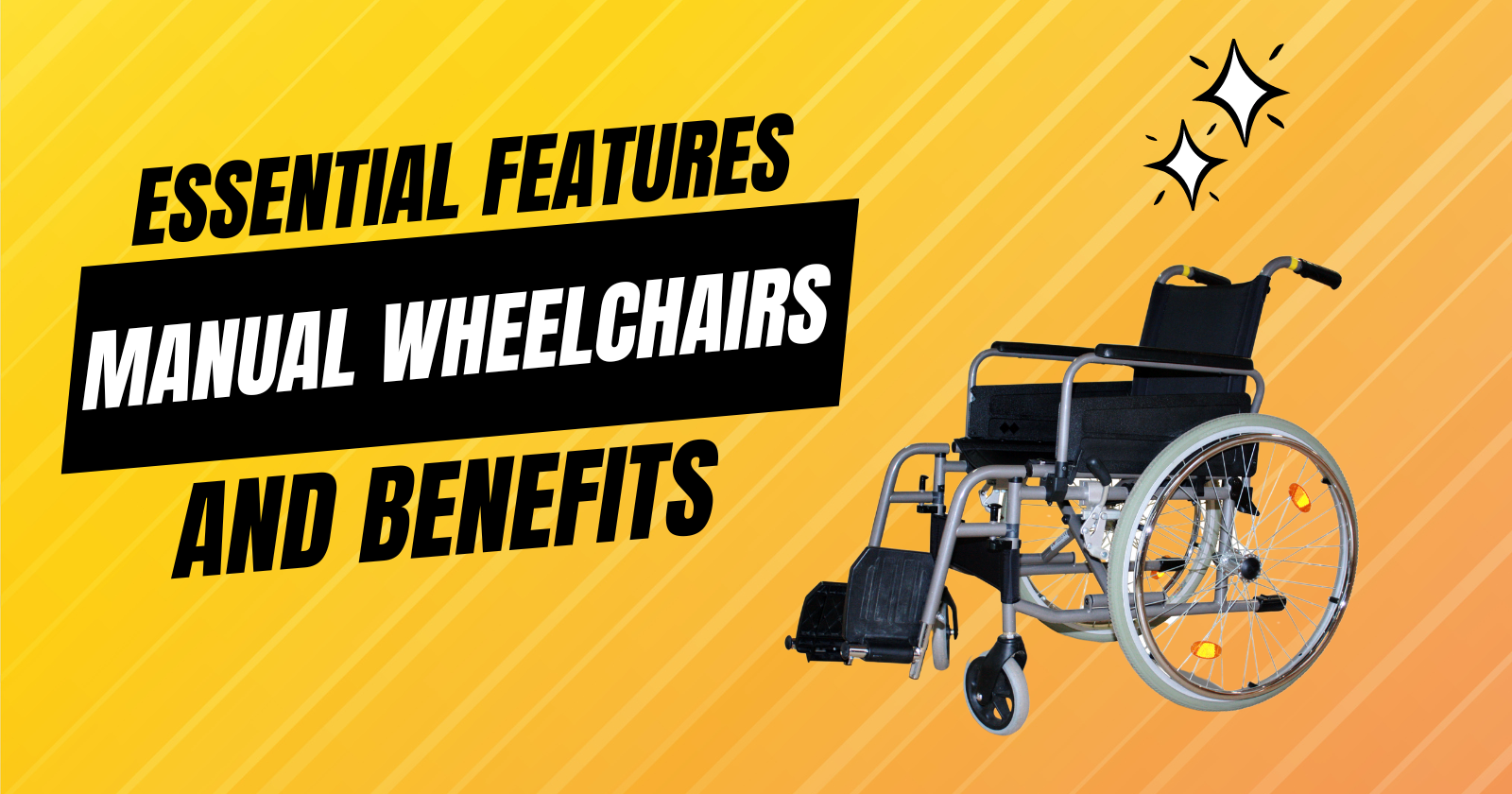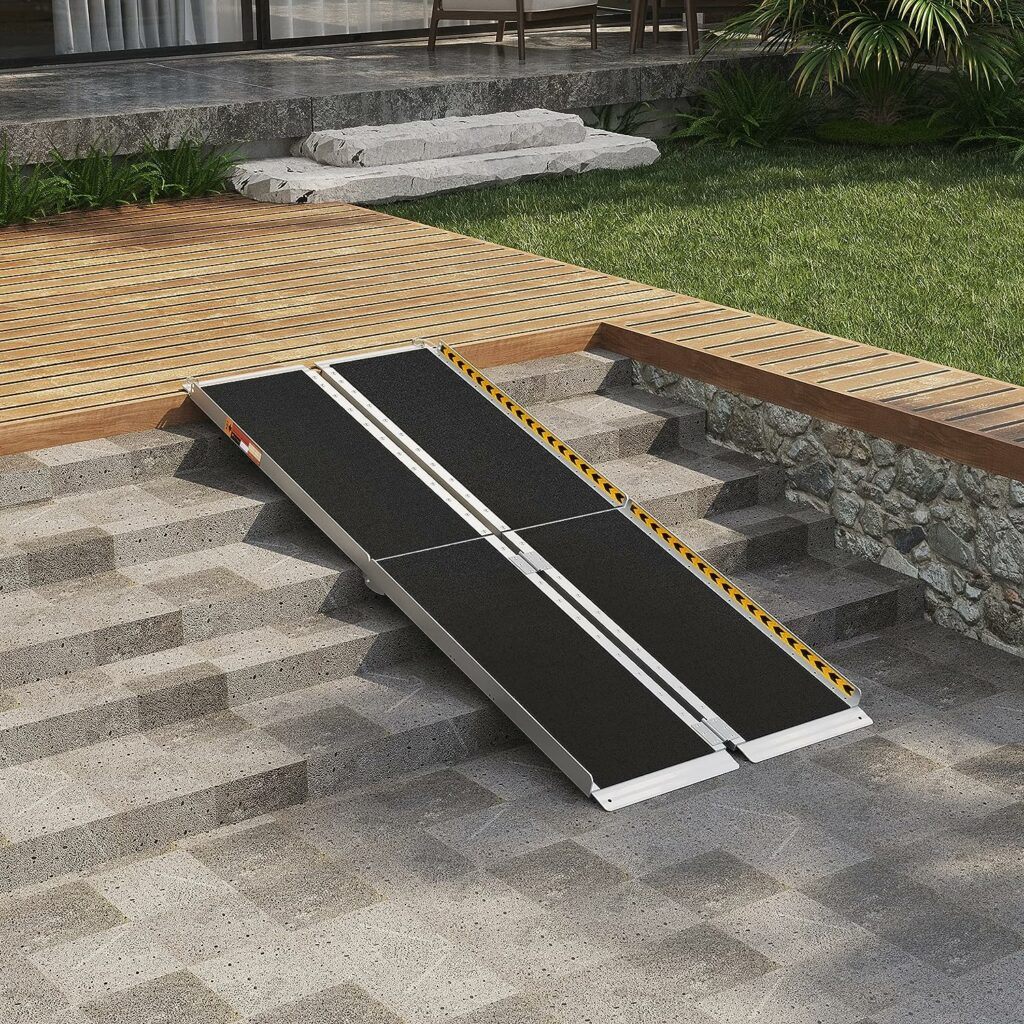Manual wheelchairs offer an essential blend of mobility, independence, and comfort for seniors and individuals with disabilities.
Choosing the right manual wheelchair can significantly enhance daily life by providing reliable transportation, whether at home or on the go. This comprehensive guide will explore the top-rated manual wheelchairs available, highlighting their features, benefits, and what makes them the best choice for various needs.
Whether you’re looking for lightweight portability, durable construction, or enhanced comfort, our curated selection will help you find the perfect manual wheelchair to suit your lifestyle.

Understanding Manual Wheelchairs
Manual wheelchairs come in different styles and have various features to suit different needs. You’ll find options that can improve your mobility and comfort in daily life.
Types of Manual Wheelchairs
Manual wheelchairs fall into several categories:
- Standard wheelchairs: Basic models for everyday use
- Lightweight wheelchairs: Easier to propel and transport
- Ultra-lightweight wheelchairs: Highly maneuverable for active users
- Heavy-duty wheelchairs: Designed for larger individuals
- Sport wheelchairs: Made for athletic activities
Each type serves a specific purpose. Standard wheelchairs are good for general use, while lightweight models offer better portability. Meanwhile, ultra-lightweight wheelchairs give you more independence if you’re very active.
Key Features to Consider
When choosing a manual wheelchair, pay attention to these important features:
- Frame material: Affects weight and durability
- Seat width and depth: Ensures proper fit
- Wheel size: Impacts maneuverability
- Armrests: Provides support and comfort
- Footrests: Helps with proper posture
Manual wheelchair performance depends on these features. A lightweight frame makes it easier to propel yourself. The right seat size improves your comfort and prevents pressure sores. Meanwhile, larger rear wheels help you move over rough surfaces more easily.

Selecting the Right Wheelchair
Picking the right wheelchair involves considering your needs and comparing different models. The process requires careful thought about comfort, size, and features.
Assessing Your Needs
Start by thinking about your daily activities. Do you need the chair for indoor use, outdoor use, or both? Also, consider your weight capacity needs. Standard wheelchairs support up to 250 pounds, but heavy-duty options can hold more.
Look at seat width and height. Measure your hips and add 2 inches for a good seat width. For height, your feet should touch the ground when sitting.
Think about comfort features, too. A good cushion can prevent pressure sores, while adjustable leg rests and backrests help you find the best position.
Your strength matters, too. A lightweight chair might be best if you have limited upper body strength.
Comparing Different Models
Once you know your needs, look at different wheelchair types. Manual wheelchairs come in standard, lightweight, and ultra-lightweight versions.
Standard chairs are sturdy but heavy. Lightweight chairs are easier to push and transport. Meanwhile, ultra-lightweight chairs offer the most mobility but cost more.
Try chairs with different features. Test the brakes, armrests, and footrests. Make sure you can easily fold and unfold the chair.
Check the chair’s turning radius, too. A tight turn is useful in small spaces.
Lastly, look at the wheels. Larger rear wheels make outdoor use easier, while smaller wheels work well indoors.
Don’t forget about extras. Some chairs offer anti-tip bars, wheel locks, or storage pouches.

Wheelchair Specifications
Wheelchair specs are key to finding the right fit. They affect comfort, mobility, and ease of use.
Dimensions and Size
Manual wheelchairs come in various sizes. Seat widths range from 14 to 24 inches, while depths vary from 14 to 20 inches.
Wheelchair heights differ too. Standard seat-to-floor heights are 19 to 21 inches, but some models offer adjustable heights.
Compact and narrow chairs are great for tight spaces. They often have seat widths of 16 inches or less.
Many chairs fold for easy transport. Folded widths can be as narrow as 12 inches.
Material and Durability
Wheelchair frames are usually made of steel, aluminum, or titanium. Each material has pros and cons:
- Steel: Strong, heavy, affordable
- Aluminum: Lightweight, rust-resistant, mid-range price
- Titanium: Extremely light, very strong, expensive
Weight capacity is crucial. Standard chairs support 250-300 lbs, while heavy-duty models can hold up to 700 lbs.
Wheels come in different sizes too. Rear wheels are typically 24 inches, while smaller front casters help with turning.
Look for durable upholstery and long-lasting tires. Quality parts mean less maintenance and longer chair life.

Customization and Accessories
Custom manual wheelchairs offer many options to fit your needs. You can add features to make your chair more comfortable and useful.
Enhancing Comfort and Convenience
Custom manual wheelchairs come with various comfort-enhancing options. You can choose specialized cushions to prevent pressure sores and improve posture. Meanwhile, removable armrests allow for easy transfers and can be adjusted to your preferred height.
Footrests are key for leg support. You can pick from standard or elevating leg rests. Elevating leg rests helps reduce swelling in your legs and feet.
Adding a headrest can support your neck and head, especially if you spend long hours in your chair. Back supports come in different heights and shapes to match your body.
Adaptive Equipment
Adaptive accessories can make your wheelchair more functional. Anti-tip bars increase stability and safety, while push handles allow caregivers to assist you when needed.
You can add wheel locks for extra security when sitting still. Spoke guards protect your fingers from getting caught in the wheels.
You might add an IV pole or oxygen tank holder for medical needs. These keep important equipment close and secure.
Lap trays provide a surface for eating, writing, or using devices. Cup holders and side bags offer extra storage for your belongings.

Manufacturers and Brands
Many companies make manual wheelchairs. The best ones offer quality, comfort, and good customer support. When choosing a wheelchair, it’s important to pick a reliable brand and understand their warranty.
Selecting a Reliable Manufacturer
Invacare is a well-known wheelchair maker that offers many types of manual wheelchairs. Other top brands include Everest & Jennings and Numotion.
Look for companies with a good track record. Check online reviews from other wheelchair users. This can help you find trusted brands.
When possible, buy from an authorized dealer. They often have better prices and services , and some dealers may offer free shipping on certain models.
Try out different wheelchairs if you can. What feels comfortable to you matters most.
Warranty and Customer Service
A good warranty protects your purchase. Most manual wheelchairs come with at least a 1-year warranty, while some parts may have longer coverage.
Ask about the warranty before you buy. Find out what it covers and for how long.
Good customer service is key. If you have problems, you want help. Look for companies that are easy to contact and respond quickly to questions.
Check if the company offers repair services. Some may have local repair shops, which can save you time if you need repairs.
Lastly, remember to register your wheelchair after buying it. This makes sure your warranty is active.

Wrapping Up
Selecting the right manual wheelchair can make a world of difference in terms of mobility, comfort, and overall quality of life. The options we’ve highlighted offer a range of features to meet diverse needs, ensuring that seniors and individuals with disabilities can find a wheelchair that suits their lifestyle perfectly. From lightweight and portable designs to sturdy and comfortable models, the best manual wheelchairs provide the independence and reliability you deserve. Invest in a top-rated manual wheelchair today and enjoy the freedom and ease of movement it brings.
Frequently Asked Questions
Manual wheelchairs come in many designs with different features. Knowing what to look for can help you pick the right chair for your needs.
What features should I look for in a lightweight manual wheelchair?
When shopping for a lightweight manual wheelchair, focus on key features for comfort and usability. Look for adjustable footrests and armrests to fit your body. The seat depth should let you sit with your back against the backrest while leaving 1-2 inches of space behind your knees.

